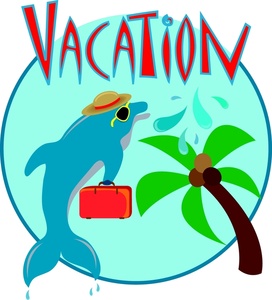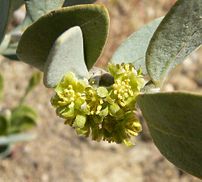Un-Couplings
Providing massages for married couples has always been a pleasure. I enjoy seeing the same people for massages and hearing from them how they are doing with life’s stresses – the kids, the business, the in-laws, whatever. It’s always made business sense as well. I will do two instead of one massage at a […]







